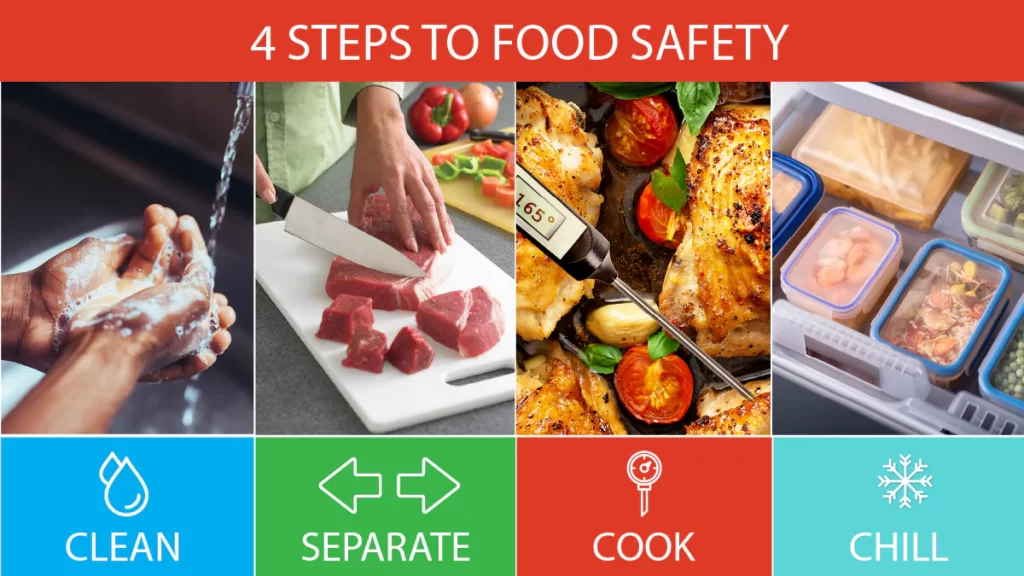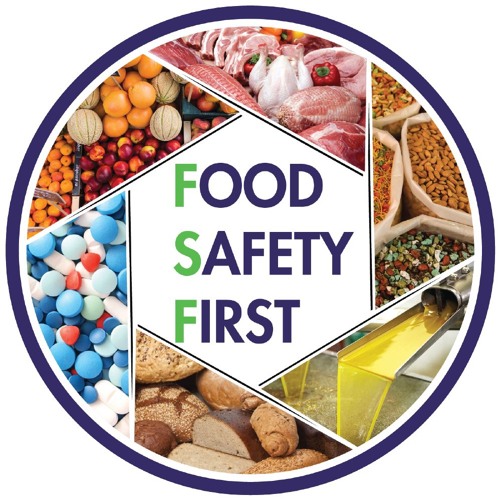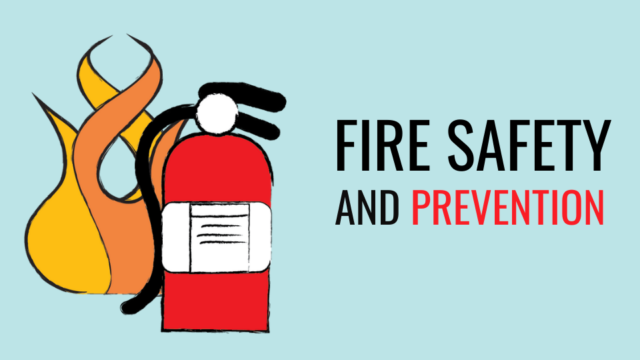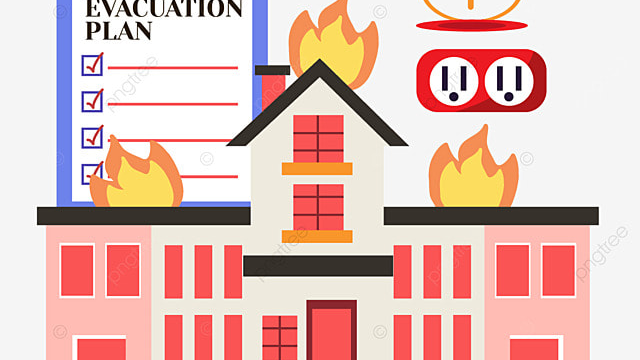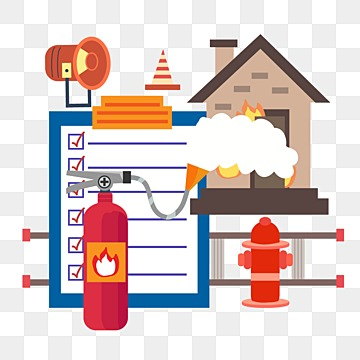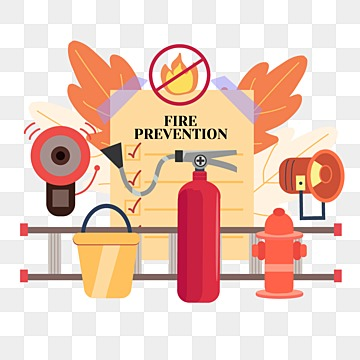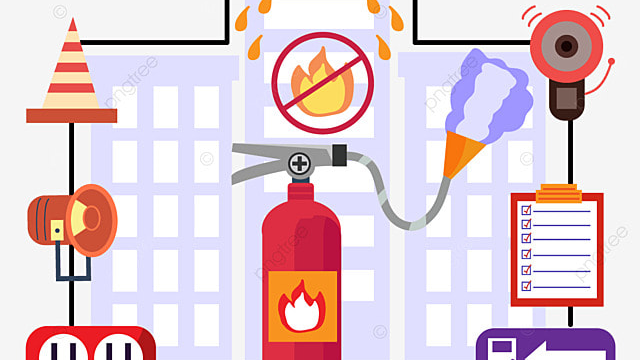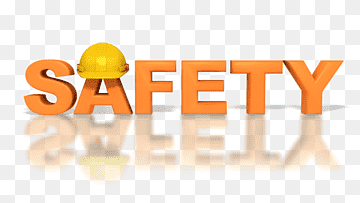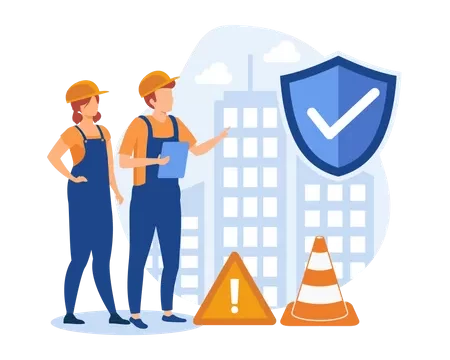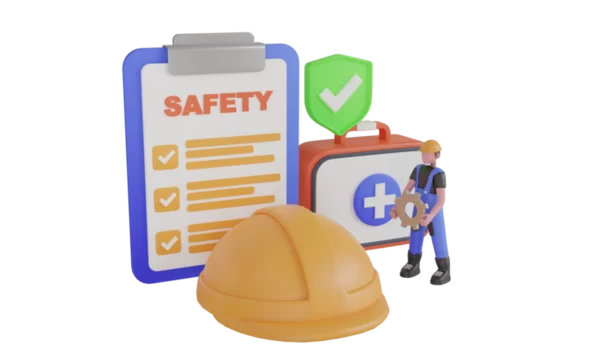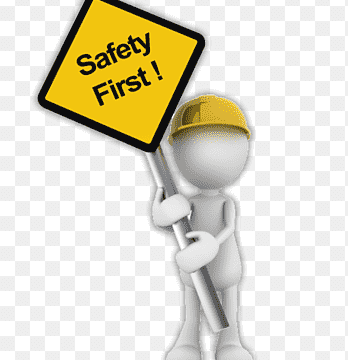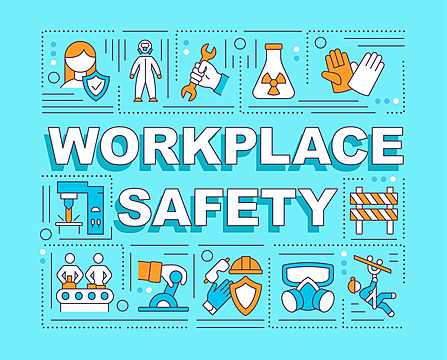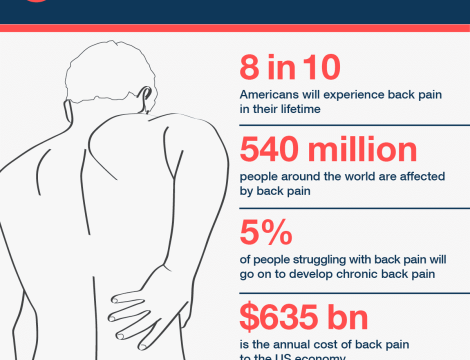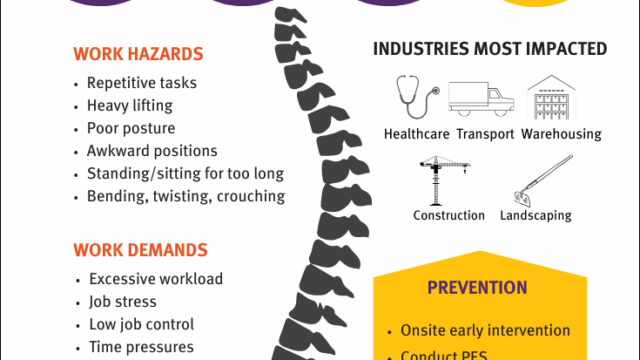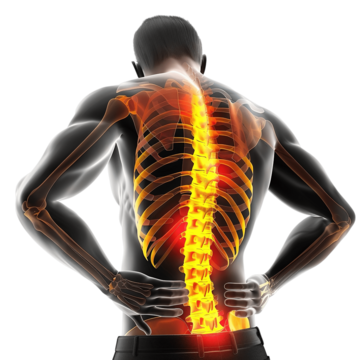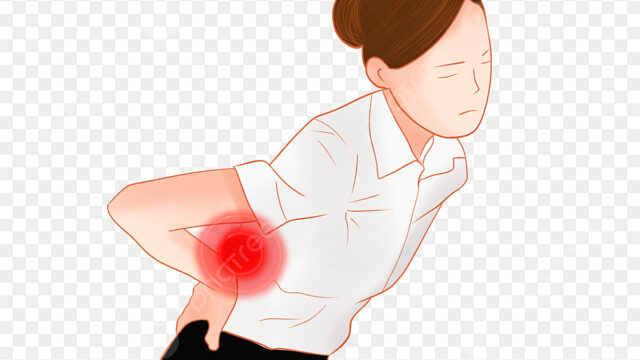Popular
Food Safety
Description
Course Outline
Module 1: Introduction to Food Safety
- Importance of Food Safety
- Key Concepts and Definitions (e.g., contamination, cross-contamination, hazards)
- Overview of Foodborne Illnesses
Module 2: Foodborne Hazards
- Biological Hazards: Bacteria, Viruses, Parasites, and Fungi
- Chemical Hazards: Allergens, Pesticides, and Cleaning Agents
- Physical Hazards: Foreign Objects
- Real-world Examples and Case Studies
Module 3: Food Safety Practices
- Personal Hygiene and Health Standards
- Cleaning and Sanitization Procedures
- Safe Food Handling Techniques
- Time and Temperature Control
Module 4: Food Safety Management Systems
- Principles of Hazard Analysis and Critical Control Points (HACCP)
- Good Manufacturing Practices (GMP)
- Standard Operating Procedures (SOPs)
Module 5: Legal and Regulatory Requirements
- Overview of Local and International Food Safety Standards (e.g., FDA, WHO, ISO 22000)
- Roles and Responsibilities of Food Handlers
Module 6: Emergency Response and Reporting
- Handling Food Safety Incidents
- Record-Keeping and Traceability
- Communication During a Food Safety Crisis
Module 7: Assessment and Best Practices
- Conducting Food Safety Audits
- Continuous Improvement Strategies
- Practical Scenarios and Role-Playing
Course Objectives
- Equip participants with knowledge of fundamental food safety principles.
- Identify potential hazards and implement preventive measures.
- Understand and apply relevant food safety regulations and standards.
- Promote a culture of food safety within the workplace.
- Develop the skills necessary to implement and maintain effective food safety practices.
Learning Outcomes
By the end of the course, participants will be able to:
- Identify and assess food safety risks in various environments.
- Demonstrate effective food handling and personal hygiene practices.
- Implement HACCP principles and other safety management systems.
- Adhere to local and international food safety laws and standards.
- Respond effectively to food safety incidents and document corrective actions.
Methodology
- Interactive Lectures: Use presentations, videos, and case studies to introduce key concepts.
- Hands-On Activities: Simulate real-world scenarios for food safety assessment and implementation.
- Group Discussions: Facilitate peer learning through group work and brainstorming sessions.
- Role-Playing: Practice responding to food safety emergencies and inspections.
- Quizzes and Assessments: Reinforce learning with periodic quizzes, assignments, and a final assessment.
- Practical Demonstrations: Showcase techniques for cleaning, sanitization, and proper food handling.
- Guest Speakers: Invite industry experts to share insights and best practices.
- Feedback and Review: Encourage participants to reflect on their learning and identify areas for improvement.
Location
Review
Write a ReviewThere are no reviews yet.



